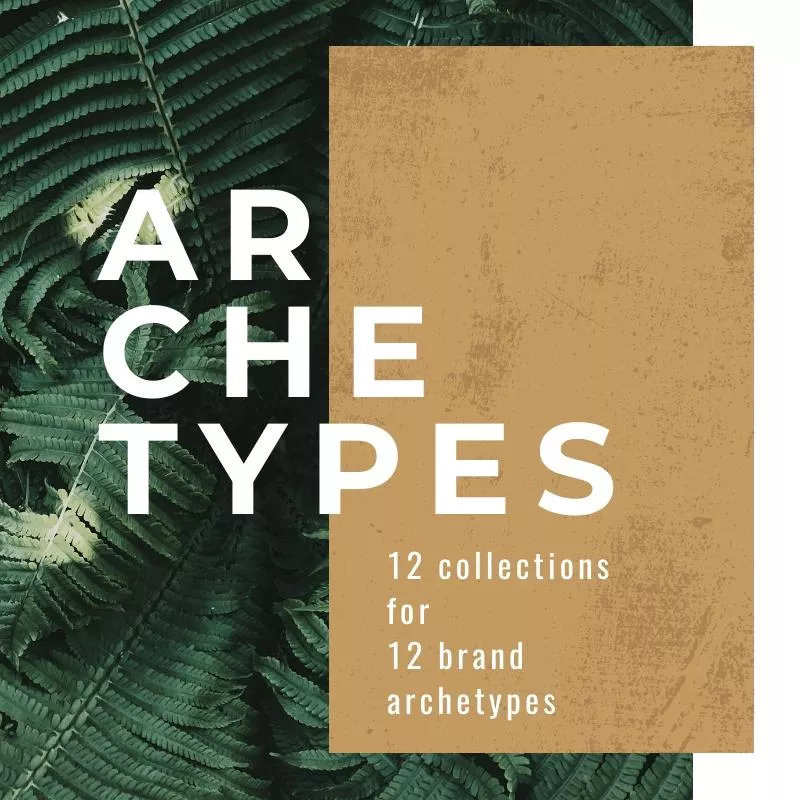How The Use of AI-generated Images Can Jeopardize Brand Trust
As AI-generated content and tools become common among individual and corporate content creators, people’s confidence in them grows. Options such as Midjourney or DALL-E allow them to speed up processes, produce exciting visuals, and entertain creatives trying to diversify their remote routines. Many say that the further development of generative AI will cause consequent layoffs in creative industries and challenge stock content marketplaces. However, a closer look at the state of affairs highlights another critical issue that professionals worldwide should pay attention to.
With no established legislation, licensing, or quality control, generative content constantly jeopardizes the brand trust that many companies have built for years. To keep you in the loop of the dos and don’ts, we recommend asking yourself three essential questions when working with generative AI for brand projects.

What exactly is brand trust
Before we delve into details, let’s take a closer look at what brand trust is and why it is so important nowadays.
Brand trust is how much confidence consumers have in your business. It’s one of the critical factors that drives your audience’s decision-making process. Whether they choose to buy from you depends on whether they believe you can deliver what you’re promising.
Brands that manage to establish a high level of trust attract new audiences and build customer loyalty much quicker. They grow faster and have the potential to become love marks, with consumers feeling admiration, passion, and advocacy for the brand.
However, will businesses—considered the only trusted institution in today’s world—be able to keep afloat with this level of trust, given the rapid development of AI tools and the popularity of synthetic content? It depends on the ethical choices they make in the near future.

Today’s state of brand trust
Distrust and fake news concerns are at an all-time high today (76% of people are worried about false information or fake news being used as a weapon), with government and media considered divisive societal forces. As the leadership role of businesses grows, the quality of delivered information and long-term thinking are the most powerful tools in building brand trust. Unfortunately, in times of crisis, many prioritize short-term results, sacrificing quality and consistency in brand communication.
Generative content plays a significant role in this process. With no established legislation in the field, some unintentionally compromise personal and corporate data, promote social bias or stereotypes, and jeopardize achievements by using AI-generated images or texts.
How many employees or team members have read the terms when registering with an AI tool? Our guess — not so many.
“No guarantees are made with respect to the services’ quality, stability, uptime or reliability… You are solely responsible for determining the appropriateness of using or redistributing the assets and assume any risks associated with use of the services,” says Midjourney’s Terms of Service.
So, the question is, how much of a risk are you taking by opting for synthetic, unlicensed content instead of authentic and legal content? We suggest you ask yourself these questions when typing your next prompt.

Here are three important questions to ask yourself when working with generative AI for brand projects:
1. Is text-to-image content licensed for commercial use or large-scale distribution?
The popularity of AI-generated tools threatens creative careers and stock photography businesses, implying that from now on, you can generate any image for any purpose in just a couple of clicks. This is true if you need to create an illustration for internal use, your personal social media, or some editorial project. However, when it comes to commercial purposes, using generative tools to produce content provides you with many limitations.
Utilizing content for commercial purposes means that you’re promoting or advertising a product or service, generating revenue, or simply endorsing any product or service on social media or a blog. This means that if you provide services to medium or large businesses or work in a marketing team, all the activities you run are most likely commercially oriented.
Here comes the most challenging part for medium and large businesses that tend to compromise ethical or legal grounds, allowing their employees to use generative content for their projects.
Quick example. If you delve into the regulations of Midjourney, you’ll notice two interesting points. If you’re not a paid member:
- you’re not the owner of the contents
- your images have a Creative Commons Noncommercial 4.0 Attribution International License with mandatory attribution

At the same time, DALLE by OpenAI says that you own images and can use them commercially if you comply with their terms. However, in the usage policies, it’s stated that the tool can’t be used for multi-level marketing, gambling projects, political campaigning, lobbying, and more. So, to ethically operate within the legal field and create consistent brand campaigns across all channels, you’ll need to have access to licensed files (often sold on stock photography platforms like Depositphotos) that do not limit your ability to distribute content in large numbers.
2. Am I ready to sacrifice quality and consistency in brand communication?
You’ve probably heard that consistency is key a million times. It allows you to deliver that level of experience your customers expect constantly. Don’t underestimate the value of a brand book or well-tailored visual identity when competition is extremely high; especially if companies are fighting for their audience’s attention, loyalty, and thought leadership.
The problem with generative content is that it needs to be trained much better to help you achieve top-notch quality. You might be content with the 1024×1024 resolution that the newest Midjourney model can produce for thumbnails, social media posts, or featured images for blog articles. However, suppose you require visual files for outdoor or indoor advertising, posters, and various merchandise material like prints on t-shirts or TV commercials. In this case, you must either learn to upscale these images without losing quality or turn to stock photography platforms. With one subscription, you can download photos, vectors, or illustrations starting from a resolution of 1000×667 all the way to 12982×8654.

3. Does the synthetic content I created include biased, fake, or misleading ideas?
AI algorithms are trained on large datasets from various sources and often contain inherent bias or misleading information. Not surprisingly, AI has fueled disinformation and deep fakes in the last couple of years.
It only takes 0.18 seconds to react to visual stimuli. This means that after a user responds to a synthetic image, they’ll immediately make a biased decision on whether to use it or spread it to larger audiences.
Do you remember the famous images of Pope Francis strolling in a Balenciaga puff coat, Trump being arrested, or the Pentagon exploding? They were all awfully misleading, but still going viral. This provoked the spread of fake facts and story-making by millions of social media users. Whether your team members are just playing around with technology or blind spotting stereotypes or bias, the question your audience is left with is, ‘If your images are not authentic, how do we believe your values, intentions, or products are?’

What’s next? We never know
As generative AI evolves at the speed of light and more people utilize it for commercial purposes to save time and costs, new legal perspectives arise. But for now, no matter how exciting it seems to use synthetic content for your projects, it still puts your brand’s communication consistency, ethical views, and other aspects in danger. Also, creative industry professionals and stock marketplaces are here to stay, as safe bets and familiar units are always here to help make your content on-point, legal, and human-centric.
Read more on the topic:
Depositphotos Review 2022: Services, Pricing & Other Details
Understanding Stock Photography Copyright









